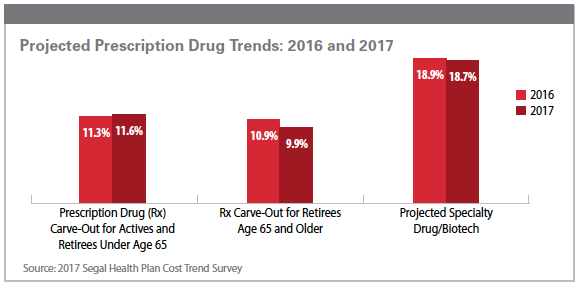CROs are Leading Drive to Improve the Efficiency of Clinical Trials
Trending now: Survey reveals significant improvements in inspection readiness among CROs.
 A global industry survey by Veeva of trial master file (TMF) owners shows growing use of electronic trial master file (eTMF) solutions among clinical research organizations (CROs) as a result of benefits in audit and inspection readiness. In addition, findings reveal that CROs are leading the drive toward active TMF management and making strides in the use of performance metrics and data to improve the efficiency and speed of clinical trials.
A global industry survey by Veeva of trial master file (TMF) owners shows growing use of electronic trial master file (eTMF) solutions among clinical research organizations (CROs) as a result of benefits in audit and inspection readiness. In addition, findings reveal that CROs are leading the drive toward active TMF management and making strides in the use of performance metrics and data to improve the efficiency and speed of clinical trials.
eTMFs are helping CROs to maintain complete and accessible trial master files to reduce the number of inspection findings. CROs who use eTMF applications are achieving significant improvements across major inspection finding categories such as fewer duplicate documents (61%), misfiled documents (53%), and incomplete documents (51%).
Given these benefits, one of the top drivers of eTMF adoption among a majority of CROs (65%) is improved audit and inspection readiness. At the same time, CROs are now less reliant on document exchange methods that are more difficult to track and provide little to no audit trail. For example, the use of email for document exchange is down significantly from 80% in 2014 to 61% today, while almost a third (31%) are using an eTMF application to share TMF documents with sponsors (up from 24% in 2014).
“Over the past several years CROs have played a pivotal role in moving the life sciences industry toward more efficient clinical trial processes," says Jill Johnston, VP of Veeva Vault Clinical. “As clinical trials become increasingly outsourced, we’ll see that trend continue especially as demand grows for unifying systems, processes, and stakeholders across clinical operations."
Prescription Drug Benefit Cost to Outpace Inflation and Wage Increases
Prescription drug benefit cost trends for active populations continue to increase at double-digit rates, according to forecasts in Segal’s 2017 Health Plan Cost Trend Survey.
The prescription drug cost trend for active employees and early retirees is projected to be 11.6% in 2017, up from 11.3% in 2016. For Medicare-eligible retirees, prescription drug trend is also projected to be high (9.9%), but lower than the 2016 projection (10.9%).
However, the projected specialty drug/biotech trend rate for 2017 is an exceptionally high 18.7%, and while typically less than 1% of all medications are specialty drugs, survey respondents indicated those drugs now account for 35% of total projected prescription drug cost trends for 2017.
“Given the increasing number of pharmaceutical products now available for conditions that require the use of specialty medications, plan sponsors should consider implementing strategies that manage patients who use these drugs and target their costs," says Edward Kaplan, national health practice leader. “This can include utilization-management controls, formulary or preferred step-therapy; tiered copayment structure and aggressive specialty drug contracting terms that maximize client and patient value."
The study found that health plan cost trends have gone down compared with 2016, but continue to significantly outpace inflation and average wage increases. While prescription drug cost trend is projected to rise 11.3% in 2017 and the popular open access PPO/POS plan cost trend by 7.8%, wages are projected to increase by just 2.5%.
Pharma Companies Are Targeting Western Markets for New Drug Launches
 A recent study by Cutting Edge Information found that 74% of surveyed drug companies market new products in the United States during their first launch wave. During this same wave, only 20% of surveyed companies launch in all five major ex-U.S. markets; a small portion (10%) launch in both the U.S. and those ex-U.S. countries.
A recent study by Cutting Edge Information found that 74% of surveyed drug companies market new products in the United States during their first launch wave. During this same wave, only 20% of surveyed companies launch in all five major ex-U.S. markets; a small portion (10%) launch in both the U.S. and those ex-U.S. countries.
However, during the second launch wave, 87% of surveyed drug manufacturers release products in the United States, while 90% launch in all five major ex-US markets, and 80% of firms launch in the major Western markets.
“Getting approval in major Western markets early and at high price points provides a solid base for subsequent launches in the process," says Adam Bianchi, senior director of research at Cutting Edge Information. “In addition, successful launches in high-price, high-population markets can provide an important boost in product revenue to support ongoing operations as later launch waves continue." (PV)










